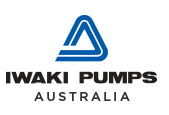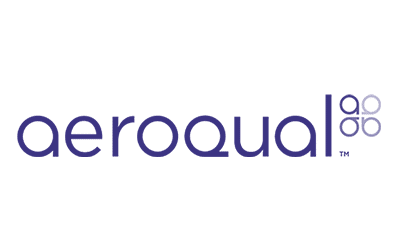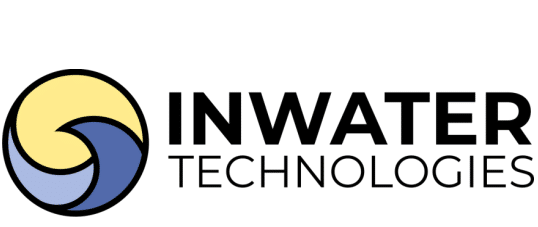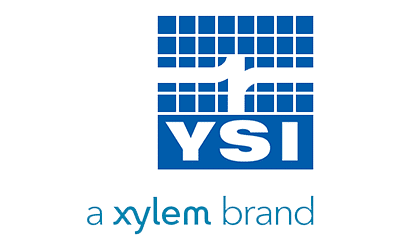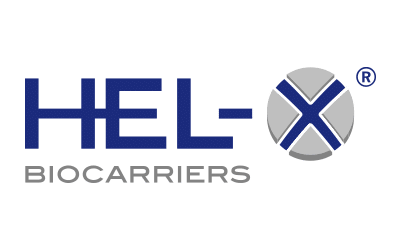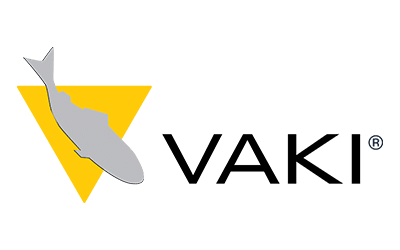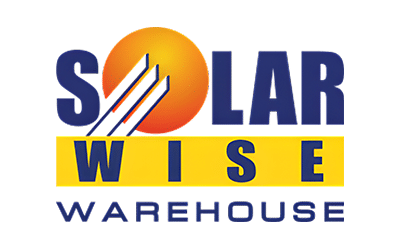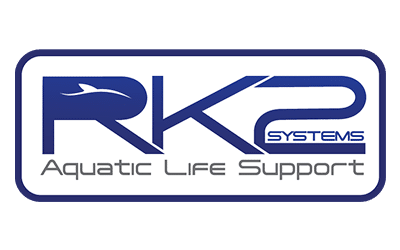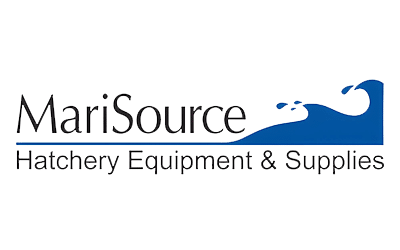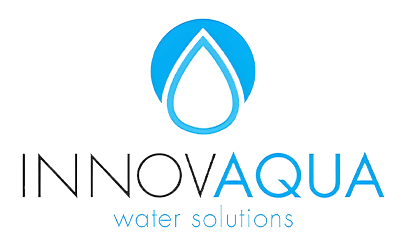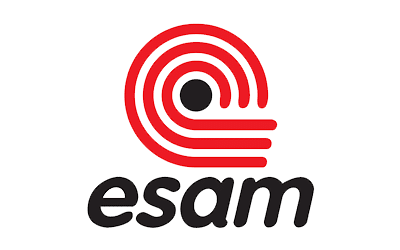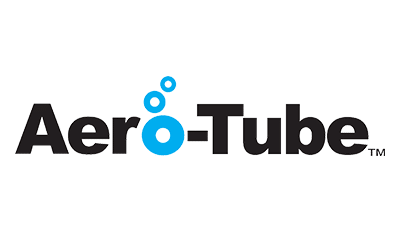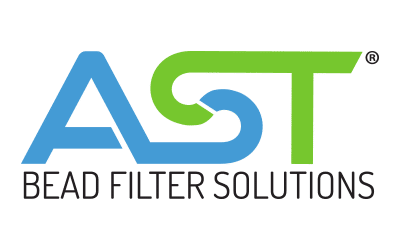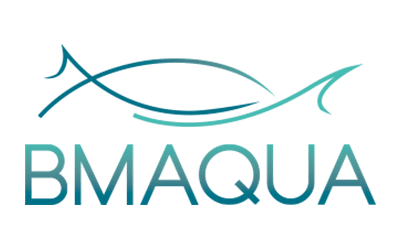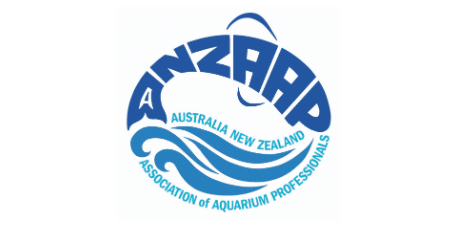Why consider Ozone use in Aquaculture?
150 times more powerful than chlorine.
3,500 times faster acting than chlorine.
Ozone use in aquaculture is widespread, its uses include incoming water treatment, system water quality maintenance, improvement of solids filtration devices, and wastewater treatment.
- Vastly improved water clarity
- Improved light penetration
- Decrease or removal of stain and colour
- Minimise algae growth
- Decrease in cyanobacteria production
- Reduction in off flavours
- Improved foam fractionator performance and waste removal
- Increased ORP
- Reduced nitrate
- Reduction of pathogenic bacteria
It is a powerful oxidising agent that is easy and cheap to produce on site, oxidises waste almost immediately on contact, and reverts to oxygen once waste is oxidised, making it relatively safe for both fish and people.
Incoming water treatment:
Ozone is used as one of the primary sterilisation mechanisms for the treatment of incoming water.
Most incoming water treatment systems consist of fines filtration (usually sand filters using a variety of different media types) UV sterilisation and ozone.
Ozone can be applied in a variety of ways for incoming water treatment, some common ways are into a protein fractionator (mostly in saltwater treatment systems), into a pressure vessel like a speece cone/oxygen cone, or into a contact tank.
Common combinations of a protein fractionator or speece cone that then flow into a contact tank for further treatment are common.
Generally speaking, in order to sterilise water, an ORP level of 750-800mV and above is required to consider the water “sterilised”.
For more specific applications, the sterilisation of water is achieved by supplying a sufficient dose of ozone at the required contact time to inactivate the organism in question, or to oxidise the contaminant in question, in this application however the exact makeup of the water, organisms present and level of the contaminant in question is required to achieve this.
After the primary solids treatment with sand filter and then ozone, and after the water has had sufficient contact time in the contact vessel, water can then be post treated before it enters the facility for use.
This is achieved with an additional media filter filled with activated carbon for the removal of ozonated by-products (hypobromous acid etc) and is sized with sufficient hydraulic loading and contact time to achieve removal. This also provides secondary solids filtration before passing it through the UV steriliser for the final treatment.
Substantial amounts of waste can be removed by this secondary solids filter as the ozone microfloculates particles allowing them to be more easily removed by the physical straining of the carbon inside the sand filter.
Using UV sterilisation as the final step achieves further sterilisation, destruction of residual ozone, and simultaneously the creation of hydroxyl radicals that have an even greater oxidative power than ozone, and are relatively harmless.
The use of ozone to pre-treat water has shown dramatic increases in the culture systems using them in reduction of disease, reduction in waste and increases in growth.
System water quality control:
Ozone use in aquaculture systems (mostly recirculating aquaculture systems) is utilised mostly for the reduction of BOD, biological oxygen demand.
BOD is an all encompassing term describing anything that causes an oxygen demand on the water, and this is why ozone is so efficient when it is used in a recirculating system.
All of the waste in a recirculating system is biological in nature, and adds to BOD, ozone being the powerful oxidiser that it is targets these compounds readily and immediately, resulting in an improvement in water quality.
Some common forms of BOD in recirculating systems are:
- Tannins, stained water (an organic acid)
- Fish faeces
- Suspended particles (fish food, fish waste or biofloc)
- Algae
- Dissolved proteins, fats etc
- Bacteria
Due to the organic nature of these types of waste, the amount of ozone required is generally very little and so a substantial increase in water quality can be achieved with a relatively small amount of ozone.
ORP levels in Aquaculture systems usually run around 250mV for freshwater and 350mV for saltwater, however this can be system and species dependant.
At these levels the water is usually sufficiently clear, free of suspended solids and can carry much higher stocking densities.
The reduction of BOD creates a much better environment in the biofilter especially, it keeps biofilms thinner and reduces the suspended solids going into the biofilter, which reduces the clogging of the biofilter media. This in turn allows higher levels of oxygen to reach the nitrifying bacteria and their performance is dramatically increased.
It also microflocculates particles and improves solids capture, has been shown in many circumstances to reducing backwashing in solids filters (drum filters, etc) and oxidising water suspended bacteria very easily.
It also substantially increases the effectiveness of UV, by clarifying the water for a higher transference of UV into the water. The passing of ozonated water into the UV steriliser also destructs dissolved ozone residual (something you do not want in a culture system in any large amount), in turn this creates hydroxylradicals that have a very powerful oxidising effect and are utilised very quickly, allowing you to double dip on your ozone production.
It can be applied by a contact chamber, protein fractionator or into a deep shaft or contact tank.
Applied in a contact chamber allows high dissolution rates and minimises off gassing, protein fractionators commonly use ozone to improve solids capture and stabilise the foam production, the amount of ozone that is able to be added is limited and so an additional contact chamber might be needed, deep shafts or contact tanks are efficient enough for general purposes but can off gas unused ozone and so care needs to be taken in enclosed environments.
It should be remembered that ozone used in this fashion generally will not provide disease control, as levels required (750mV and above) will generally kill fish before the level is reached, and so is only used to control water quality, which in turn has a substantial prophylactic effect.
It must however, ALWAYS be controlled, but an ORP controller, residual ozone monitor, or both.
Wastewater treatment:
In essence, wastewater treatment is just like incoming water treatment in reverse. All that differs is that a higher level of waste needs to be removed before post treatment, and ozone (and UV) is used throughout the treatment process but especially as the final step.
Other mechanisms like de-waterers, belt filters and sludge treatment are needed, but ozone can be used to great effect both as primary, secondary and tertiary treatment of wastewater.
Pure Aquatics can assist in the design, consultation, supply and installation of ozone treatment systems, and the equipment associated with them, as well as total incoming water treatment systems, recirculating aquaculture systems, and complete wastewater treatment systems, providing turnkey complete solution to suit your needs.
Pure Aquatics works with Ozone solutions and contracts ozone generator manufacturers to build our Pure Ozone range of ozone generators to provide ozone solutions for all types of aquatic systems.
To see our range of Ozone generators please visit








